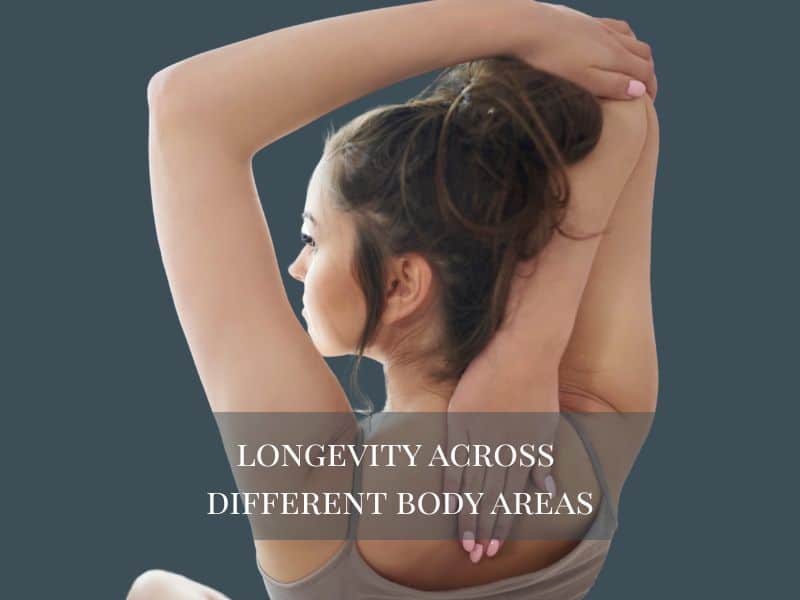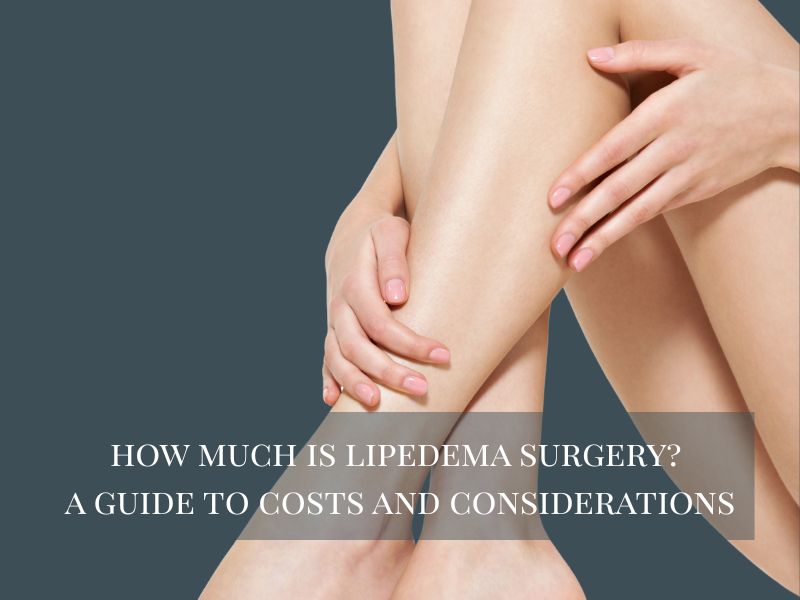Imagine using your body’s fat to enhance your features naturally – that’s the beauty of fat grafting. This cosmetic procedure has gained popularity for restoring volume to areas like the face, breasts, or buttocks using your own fat. However, a common question remains: “How long does fat transfer last?”
Many patients wonder if the results are long-lasting or if they might need future touch-ups. Today, we will look into how long results last so you know exactly what you can expect from this fat grafting procedure.
Understanding Fat Transfer Procedures

A fat transfer procedure harvests fat from one part of your body and moves it to another area where you want to add volume. This process begins with liposuction to carefully remove the fat, which is then purified and injected into the desired area.
One of the most significant benefits of this procedure is that it uses your own fat, making it a natural option with a much lower risk of allergic reactions. Patients often ask how long a fat transfer lasts, which can vary depending on several factors.
Factors That Affect How Long Fat Transfer Lasts
How long the results of a fat transfer last can vary based on several important factors. First, the amount of fat that is transferred plays a significant role. Generally, the more fat transferred, the longer the results may last. However, it’s important to note that not all the fat will survive. The body will naturally absorb a portion of it over time. The area that is being treated also affects how long it lasts.
Another important factor is the surgeon’s technique. A skilled surgeon who knows how to handle and inject the fat carefully can improve the survival rate of the transferred fat, which can directly impact how long it lasts.
Longevity Across Different Body Areas

The longevity of results can vary depending on the area of the body where the fat is transferred. For example, treatment to the face often lasts longer than in areas like the breasts or buttocks.
This difference is because the face experiences less movement and pressure than larger body areas, allowing the fat to settle and integrate better. Areas like the buttocks may not retain as much fat over time due to constant pressure and movement.
Maintaining Results
To ensure that the results of your fat transfer last, it’s essential to follow your surgeon’s aftercare instructions carefully. This includes maintaining a steady weight and avoiding significant fluctuations because gaining or losing weight can affect the transferred fat.
A healthy lifestyle with a balanced diet and regular exercise will also help the results last longer. Regular follow-up visits with your surgeon allow them to monitor your progress and address any concerns you may have.
Fat transfer surgery FAQs
How long can I expect the results of a fat transfer procedure to last?
Yes, fat transfer surgery is considered a very safe procedure when performed by an experienced plastic surgeon. It uses fat harvested from areas with stubborn fat to provide a more youthful appearance by relocating it to areas needing volume. Because it uses your own tissue, it is a fat transfer safe option that integrates naturally with the surrounding tissues.
The longevity of fat transfer results is excellent. Studies show that a significant portion of the fat can remain even after a transfer after 5 years. It is important to remember that the body does not create new fat cells, so the successfully transferred fat is permanent.
However, lifestyle factors like significant weight changes can alter the size of these cells and impact your long-term outcome.
What can I do to prolong the longevity of my fat transfer results?
To prolong the results of your fat transfer (fat grafting), it’s important to maintain a stable weight, as significant fluctuations can impact the transferred fat. Following your surgeon’s aftercare instructions, such as avoiding pressure on the treated area and leading a healthy lifestyle with a balanced diet and regular exercise, can also help.
Are touch-up procedures necessary to maintain the effects of fat transfer?
In some cases, touch-up procedures may be necessary to maintain the desired effects of a fat transfer. Since the body naturally absorbs some of the transferred fat, additional sessions might be recommended to enhance or sustain the results, especially if you’re aiming for a more defined or fuller look.
How long do transferred cells survive in procedures like facial fat transfer and Brazilian butt lift?
The survival rate of fat cells varies significantly depending on the cosmetic procedure and individual factors, with not all fat cells successfully integrating into their new location.
For procedures like facial fat transfer and Brazilian butt lift, typically 60-80% of transferred fat cells will survive long-term, though this range can be as low as 30% or as high as 80% depending on various circumstances.
The excess fat that doesn’t survive is naturally absorbed by the body during the healing process, which is why surgeons often slightly overcorrect to account for this expected loss.
What factors affect the longevity of fat cells after transfer procedures?
Several factors influence the longevity of the cells, including maintaining a healthy diet, balanced weight, and overall lifestyle habits. Your body fat percentage and metabolic rate also play crucial roles in determining how well the fat integrates and survives in its new location.
A healthy diet rich in nutrients supports the healing process and helps maintain the viability of transferred fat cells, while significant weight fluctuations can affect the appearance and longevity of results.
The survival of fat cells is also influenced by surgical technique, post-operative care, and the body’s natural healing response, with final results typically stabilizing within 3-6 months to one year.
How much fat survives after breast augmentation fat transfer?
In breast augmentation fat transfer, a plastic surgeon uses fat injections to move healthy fat cells to the breasts. Typically, 40-70% of transplanted fat cells survive long-term, though this can vary.
How much fat remains depends on factors like surgical technique, blood supply, and post-procedure care. For breast fat transfer, only the fat cells that establish a good blood supply will survive, while others are absorbed by the body. This is why surgeons often transfer more fat than needed to achieve lasting results.
How much does a fat transfer cost?
The cost of a fat transfer procedure varies widely depending on the treatment area, the complexity of the procedure, the surgeon’s expertise, and geographic location.
For example, a facial fat transfer typically ranges from $2,500 to $5,000, while a breast fat transfer can cost between $5,000 and $10,000, and a Brazilian Butt Lift can range from $7,000 to $15,000.
The total price generally includes fees for the surgeon, anesthesia, and the surgical facility. Since fat transfer is considered a cosmetic procedure, it is not usually covered by insurance; however, many clinics offer financing options to help manage the cost. A detailed price quote based on your specific goals will be provided during your consultation.
book your fat transfer consultation today
Understanding how long results last is important for setting realistic expectations and planning for the future. While the results can be long-lasting, they vary depending on several factors, including the area that has been treated and the level of aftercare you provide.
For the best outcomes, it’s essential to consult with a qualified surgeon who can provide personalized advice that is specifically tailored to your needs.
At Aesthera Plastic Surgery, our experienced team, led by board certified plastic surgeon Dr. CV Chegireddy, is here to guide you through every step of the process. Schedule a consultation today to explore your options and achieve the results you desire.



